Laser Focus. Energy. Endurance. Strength.
Those are the words you'll see saddled across the top of the new Myoblox Loco tub released in September of 2022, and they mean every bit of that. We recently covered MyoBlox BLO 3D, the counterpart stimulant-free pre-workout supplement for huge breakthrough pumps. Now, it's time for its more fiery half.
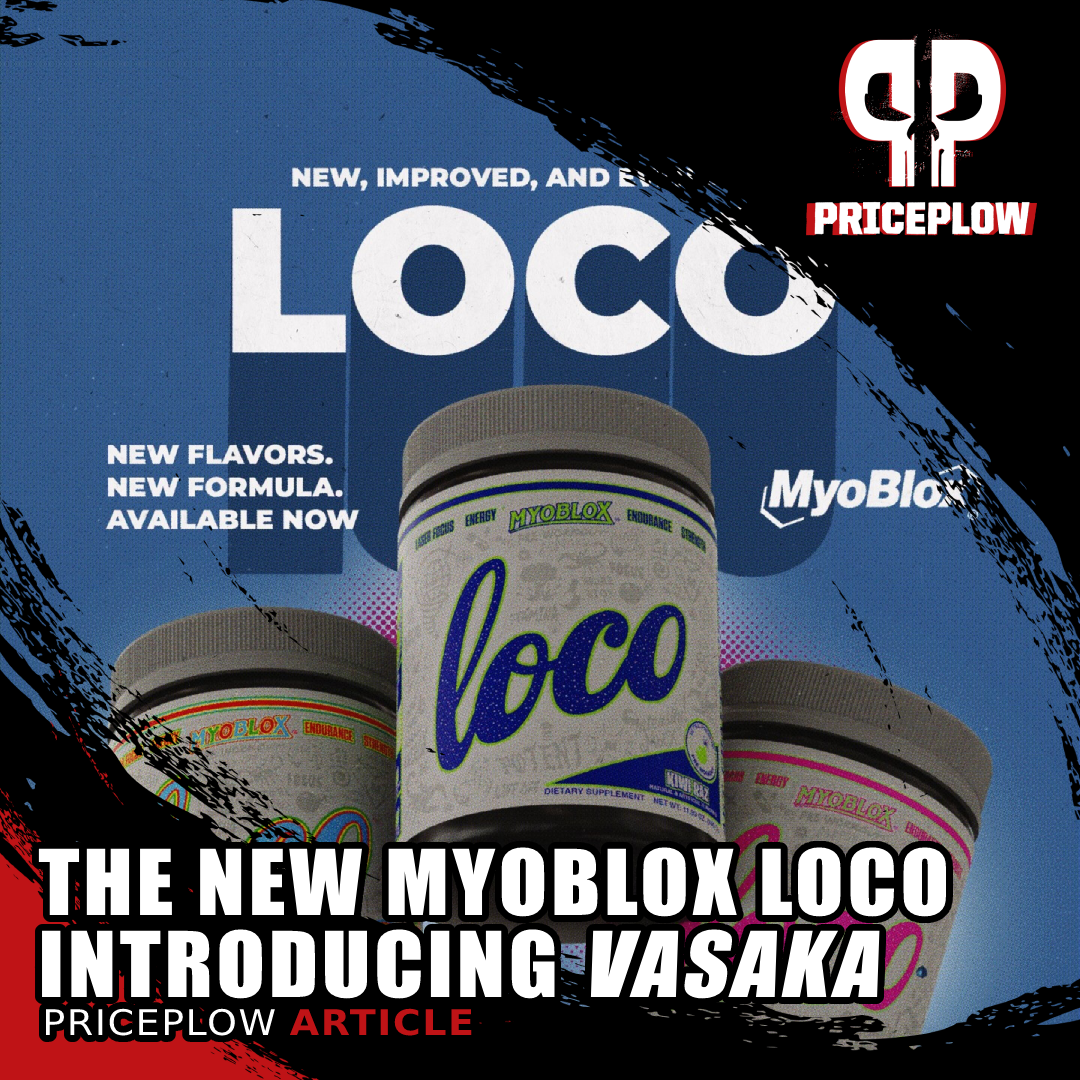
MyoBlox Loco has been upgraded in 2022, and the highly psychoactive, high-energy pre-workout supplement has 400 milligrams of caffeine and a new bronchodilating ingredient named Vasaka!
This high-energy pre-workout supplement, which has 400 milligrams of caffeine in a two-scoop serving, but that's certainly not all. As the label states, this one has Off The Wall Energy, and it comes with a new ingredient to give you a big boost:
The new MyoBlox Loco: Get Ready for Adhatoda Vasica
Inside of this whopping energy blend, we have Adhatoda Vasica Extract (also known as Vasaka), which may bring some bronchodilator effects that are loved in other, now-banned stimulants. It may just be what puts this caffeine-heavy energy blend on the next level, alongside a strong hit of L-tyrosine and theobromine.
But that doesn't mean there won't be pumps -- Loco still has a full clinical dose of Nitrosigine and sizable hits of citrulline malate and agmatine. With these three together, we may not even need to stack in BLO 3D (although we wouldn't say no to it).
Let's check in on prices, availability, dig into our videos and dive in:
MyoBlox Loco – Deals and Price Drop Alerts
Get Price Alerts
No spam, no scams.
Disclosure: PricePlow relies on pricing from stores with which we have a business relationship. We work hard to keep pricing current, but you may find a better offer.
Posts are sponsored in part by the retailers and/or brands listed on this page.
Note: The new version released in Fall 2022 that's discussed below is the 40 serving version.
This area is reserved for Team PricePlow's upcoming videos.
Subscribe to our channel and sign up for notifications so you catch it when it goes live!
Loco Ingredients (2022 Version)
Many of our readers already understand this label, and simply want to learn about the new ingredient. If so, you can skip to the Vasaka section. Otherwise, keep reading.
In a 2-scoop (17 gram) serving of LOCO from MyoBlox, you get the following:
-
Citrulline Malate – 6,000 mg
The conditionally essential amino acid, citrulline, is the supplement industry's current go-to nitric oxide (NO) boosting ingredient.[1]
By conditionally essential, we mean that under normal conditions your body produces enough of this amino acid to cover your nutritional requirements —but just barely. If your metabolic requirements go up, when you're sick, injured, or stressed, for instance, then your risk of conditionally-essential-nutrient deficiency increases.
How citrulline works
After ingesting citrulline, your body metabolizes it into the amino acid, arginine, which is in turn a precursor to NO synthesis.
You may be wondering, "Why not just take arginine instead?" Indeed, that has been tried. In fact, arginine was the industry's go-to NO booster for decades, until it was discovered that oral citrulline supplements are actually better at increasing arginine blood levels than oral arginine supplements.
Why elevated NO levels are good
The reason we like NO boosters so much is that more NO means greater vasodilation (a mechanism in which blood vessels grow in diameter). Once your blood vessels – mostly arteries – have expanded, more blood is able to flow through them, which improves circulation.
The most immediate benefits of NO-driven vasodilation are reduced heart rate and lower blood pressure.[2-4] Once NO production goes up, your cardiovascular system can pump the same amount of blood with less effort.
But the efficiency of blood flow increases as well. When oxygen and nutrients are delivered to cells, blood removes waste. Thus, better circulation means optimized metabolic function.
This in turn leads to an increase in athletic performance, as well as faster recovery from workouts. Endurance, in particular, seems to be increased by higher NO levels.
It makes sense, if you think about it, because when it comes to athletic performance, the limiting factor for most people is their cardiovascular capacity. So anything that helps reduce the strain on your heart can help you push your limits.
Citrulline: a new ergogenic aid
So far, the research literature has found that citrulline supplementation can:
- Increase athletic power – the amount of energy produced per second[5]
- Increase athletic endurance by about 50%[6]
- Prevent or reduce muscular soreness after your workout by about 50%[6]
- Increase growth hormone (GH) production in response to exercise[7]
- Prevent the breakdown of amino acids and protein[8]
- Stimulate new muscle synthesis[9,10]
- Increase your body's levels of ornithine[11]
Because of the way citrulline can increase your capacity for work, some researchers now regard it as an ergogenic aid— defined as a substance or device that enhances energy production, use, or recovery. It also provides athletes with a competitive advantage.[12]
The ornithine point is especially compelling as this amino acid is responsible for removing ammonia, a toxic byproduct of cellular metabolism.[13] Ammonia buildup can cause physical fatigue, so this is part of the explanation behind citrulline's endurance-boosting effects.
But ammonia can also cause mental fatigue and wreak havoc on the central nervous system. Some studies have found that ornithine supplementation can help people sleep better and, over time, reduce the burden of self-perceived stress.[13]
The effect isn't just subjective – ornithine has been shown to decrease the cortisol-to-DHEA ratio in those who take it.[13] Cortisol is a stress hormone and DHEA is a rejuvenating youthful hormone.
Citrulline malate is especially good
Loco has some great pumps, especially for being a high-stim pre-workout, but if you need even more citrulline for a heavy day, check out the new Myoblox BLO 3D
So citrulline is pretty awesome overall, right? It turns out that if the dose is about double or more, citrulline malate is even better than pure citrulline.
That's because the malate (or malic acid) half of this molecule has beneficial effects in its own right. For example, malate is a substrate for the Krebs cycle, one of the processes that your cells use to produce energy.[14] Your body runs on cellular energy, so upregulating things like the Krebs cycle can have a significant impact on your mood and perceived energy levels.
It's mostly for this reason that, compared to other forms of citrulline, citrulline malate is better at increasing your body's capacity for aerobic respiration.[15]
Citrulline malate dosing
Citrulline malate consists of about 56% citrulline by weight,[16] so a 6,000-milligram dose of citrulline malate yields a little over 3 grams of pure citrulline, which is the clinically-validated dose of citrulline. So far so good!
-
Beta-Alanine – 3,000 mg
Beta-alanine is another ergogenic aid that's particularly good for boosting athletic endurance.
It's been around for a long time, pretty much since the beginning of the modern nutritional supplement industry. It's one of the oldest ingredients on the market today, and probably won't go anywhere anytime soon because it works so well.
Precursor to carnosine, a lactic acid buffer
Combining beta-alanine with the essential amino acid, L-histidine, enables your body to produce carnosine, a dipeptide molecule that's highly concentrated in brain and muscle tissue.
We're interested in section (B) here, where beta alanine alone shows great results compared to placebo.[17]
In your muscles, carnosine helps remove lactic acid,[18] another metabolic byproduct that creates muscular fatigue as it accumulates during intense physical efforts.
Now we hear another familiar story: Supplementing directly with carnosine is not a great strategy for increasing your body's supply of carnosine since it's not nearly as bioavailable as its precursor beta-alanine.
As for histidine, no supplementation is necessary. Histidine is so abundant in food that it's extremely unlikely your body's carnosine production will get bottlenecked by your histidine intake.
The body's supply of beta-alanine, on the other hand, absolutely is the limiting factor in how much carnosine your body can produce.[19,20]
Two big meta-analyses on beta-alanine supplementation and athletic performance, which reviewed 40 different peer-reviewed studies, found that beta-alanine confers the most benefit when used to support athletic efforts between 30 seconds and 10 minutes in length.[17-24]
Beta-alanine dosing
The 3,200 mg daily dose is the one that's been validated by the research literature over and over again. So, needless to say, we're glad to see it's achievable with a LOCO double scoop.
Beta-alanine tingles
For those of you who haven't taken beta-alanine before, just know that when you do, you'll probably experience a tingling sensation in your upper body.
This can be a little disquieting if it's never happened to you before, but don't worry about it: research shows that this side effect harmless.[25]
-
Inositol-Stabilized Arginine Silicate (as Nitrosigine) - 1500mg
Now that we've talked a little bit about nitric oxide in the citrulline section, you're in a good position to understand the power of Nitrosigine. Remember how we discussed the low bioavailability of oral arginine supplements? That's exactly the obstacle that Nitrosigine was designed to solve.
Nitrosigine is primarily found in pre-workouts due to its ability to boost nitric oxide levels... but don't forget about its cognitive-supporting capabilities!
A patented and trademarked ingredient from Nutrition 21, Nitrosigine is a complex of arginine, inositol, and potassium silicate (sometimes abbreviated as ASI).[26]
Turns out that combining these ingredients actually enhances their effects synergistically. Taking ASI as a single chemical compound makes arginine, inositol, and potassium silicate more effective than each is in isolation.
This is the case because the inositol and potassium silicate protect arginine from being broken down by arginase, the enzyme in your stomach that's the reason why oral arginine bioavailability is so low. In the stomach, arginase breaks down ingested arginine before it reaches the intestines where it would be absorbed into your bloodstream.[27]
By inhibiting the action of arginase, the ASI complex raises blood arginine levels much better than a pure arginine supplement could.[28]
Thus, unlike pure arginine, the ASI form of arginine consistently increases your body's NO production as well. This comes with all the benefits we'd expect to see from any NO-boosting ingredient – i.e., increased power, accelerated waste elimination, increased oxygen and nutrient uptake by cells, etc.
Nitrosigine acts fast and the effects last a long time. Nitrosigine can increase NO levels as soon as 30 minutes after its ingested, and keeps them up for 6 hours.[29,30]
Nitrosigne’s effects on cognition
In general, boosting NO can potentially improve the function of pretty much any organ in your body – particularly your brain, which is incredibly hungry for oxygen-rich blood, even compared to your other organs.
A nitric oxide booster that improves cognition?! Yes - Nutrition21 passed around this helpful infographic after the Nitrosigine cognition study on healthy young adults was published.[31]
Nitrosigine seems to be better at certain things than other NO boosters though, and cognitive enhancement is one of those things.
For instance, Nitrosigine is good at preventing the temporary decline in cognitive function that typically follows a hard workout.[32]
But even in young healthy men who had not recently worked out, Nitrosigine was able to improve their capacity for task switching, a technical term for multitasking.[33]
An exciting study from late 2021 found that healthy young adults can perform better on short-term memory tests when taking 1,500 milligrams of Nitrosigine, compared to a placebo control.[31]
Nitrosigine dosing
Pretty much all products with Nitrosigine in them will give you a 1,500-milligram dose because this is the amount that has been validated over and over again in studies on Nitrosigine. But here's the thing -- if you want this full clinical dose of Nitrosigine, you'll need to take two scoops... which will lead to 400 milligrams of caffeine!
As much as we love the clinical dose of Nitrosigine, we don't suggest going all-in right away. Warm up to it by starting at 1 or 1.5 scoops to assess tolerance - use a food scale when measuring if you're not sure!
-
L-tyrosine – 1,500 mg
Tyrosine can support your body's production of the thyroid hormones triiodothyronine (T3) and thyroxine (T4).[34,35]
Thyroid support is especially important for anyone restricting food intake to lose weight, as low calorie diets can down regulate thyroid function. But really, any intense physical effort has the potential to shift your body into a high-cortisol state at the expense of your thyroid axis.[36,37]
The primary use case of tyrosine in a pre-workout supplement, though, is its ability to improve focus, motivation, and energy levels. Tyrosine does this by supporting the production of dopamine,[38] adrenaline, and noradrenaline – the catecholamine neurotransmitters – for which it's also a precursor.[39,40]
Adrenaline and noradrenaline can help decrease appetite and increase your body's rate of fat oxidation,[41] both of which can support fat loss and body recomposition goals.
Especially good for sleep deprivation
The U.S. military has studied tyrosine for its potential to help ameliorate the effects of sleep deprivation. As it turns out, tyrosine is even better at promoting wakefulness under these circumstances than heavy-hitter caffeine![42,43]
So if you're staying up late to fit it all into your busy schedule, tyrosine can definitely help.
-
Agmatine Sulfate – 1,000 mg
MyoBlox LOCO is turning out to be a great formula so far, and the core of it is NO upregulation via citrulline and Nitrosigine.
Both of these ingredients work by increasing arginine blood levels.
Now, to synergize with that mechanism we have agmatine sulfate – an ingredient that approaches the NO question from a complementary angle by decreasing the rate at which arginine gets broken down.[44]
So again, you have a real one-two punch here: potent NO-boosting ingredients combined with an ingredient that can keep those NO levels elevated much longer.
Still, agmatine can also increase NO production in its own right, by increasing the expression of nitric oxide synthase.[45]
Agmatine also has a nice little mood-boosting effect, owing to its neurotransmitter-like behavior.[46]
Mood boosters are always nice to find in pre-workouts because, as all of us have probably experienced, mood is a pretty big factor in motivation.
-
Energy Matrix – 1,220 mg
Next up we have a potent blend of stimulants. Be careful with these because we don't know exactly how much of each stimulant is present in this formula, so you'll want to test your tolerance before going for a double-scoop serving of LOCO.
Start with a single scoop to see how you react.
-
Caffeine anhydrous – 400 mg
Caffeine is a methylxanthine alkaloid that needs no introduction, and in two scoops, you're getting a lot of it. Most will want to start at 1 to 1.5 scoops because of this. As the primary bioactive constituent of insanely popular drinks like tea and coffee, it's the most widely used (legal) psychoactive drug in the world.
Caffeine crosses the brain-blood barrier, which is a big reason why caffeine is so effective and beloved by those who use it. In the brain, caffeine directly affects the function of neuron cells, helping to improve mood, cognition, and cognitive-physical coordination.[47]
Caffeine’s anti-fatigue mechanism: adenosine inhibition
The main reason why so many of us wind up dependent on caffeine is its adenosine-inhibiting properties. Adenosine is a nucleotide and metabolic byproduct that builds up in the brain during the waking state. As adenosine concentrations increase, you get more and more tired.
By inhibiting the action of adenosine, caffeine can increase neuron activity, thus improving global cognition, even when you're sleep deprived and under pressure.[48]
Caffeine’s ergogenic, metabolism-boosting effects: phosphodiesterase and cAMP
We've all heard about caffeine's ability to promote wakefulness, but fewer of us know about how caffeine inhibits phosphodiesterase, an enzyme that breaks down cyclic adenosine monophosphate (cAMP).[49,50] Because cAMP is a messenger molecule that tells your cells to dial up energy production (by burning glucose and fatty acids alike), increasing cAMP levels through phosphodiesterase inhibition raises your body's metabolic rate.[51]
Caffeine is especially good at increasing the amount of fat your body burns, and has been shown to do this by a whopping 50%.[52]
That's why caffeine is used in so many weight loss supplements: because it increases the number of calories you burn, period, helping you lose weight faster.
But when it comes to a pre-workout, that energy has another purpose. Ultimately, your body burns those extra calories to fuel exercise.
Caffeine's action on the phosphodiesterase-cAMP axis, by increasing the amount of energy produced by cells, can actually increase your athletic performance, which is why caffeine is regarded as an ergogenic aid.
Research on caffeine consistently shows that for athletes, its judicious use can improve strength, endurance, and power.[53] The effect size isn't huge, but since there's little downside to caffeine use (for most people anyway – some are exquisitely sensitive to caffeine), the ergogenic effects are low-hanging fruit.
Caffeine as a nootropic
Caffeine has also been used as a nootropic because of its ability to speed up reactions,[54] improve capacity for paying attention,[54,55] and make users more alert.[55]
Caffeine can also improve working memory, which is an important factor in fluid intelligence.[56]
Again, remember that we have 400 milligrams of caffeine in two scoops, so consider starting at just 1 or 1.5 scoops before really going all out.
-
L-Theanine – 350 mg
Theanine is an amino acid that occurs naturally in tea leaves. The word "tea" can mean a lot of different things these days, so just to clarify, we are talking about Camellia sinensis, the true tea plant.
Theanine is another neurotransmitter-like ingredient in MyoBlox LOCO. Due to its inhibitory action on neurons, theanine has calming, anti-anxiety effects on the brain.[41-44]
Despite having sedative-like effects, theanine is not a CNS depressant, meaning that it can give you the upside of sedatives without the downside. And we may need a bit of that, with the huge dose of caffeine that we have here in Loco:
Theanine synergizes with caffeine
As it turns out, theanine and caffeine, when taken in combination with each other, outperform either ingredient on its own.[57]
Theanine is incredibly safe, cheap, and widely available, so when biohackers discovered in the 2010s that it synergizes with caffeine, it was off to the races. This decade saw an explosion in demand for nootropics, and theanine was one of the key players.
Most of the American public used caffeine on a daily basis already, so it was pretty much a no-brainer for many consumers to try adding supplemental theanine into the mix.
And many who tried it – including this writer – got great results from taking caffeine and theanine together.
Theanine can improve sleep quality
Despite its non-depressant status, theanine can still go a long way toward improving sleep in those who take it.[58] A 200-milligram dose of theanine has been shown to significantly lower resting heart rate,[58] a reliable indicator of physiological relaxation.
This is partly because theanine upregulates GABA,[59] which is also part of its anti-excitatory effect.
-
Adhatoda Vasaka Extract (1%) Alkaloids (Justicia adhatoda) (Leaf)
Adhatoda vasica, also known colloquially as vasaka and Malabar nut, is a therapeutic plant with a long history of use in Ayurvedic and Unani (traditional Arabic) medicine.[60] It contains antioxidant phytochemicals like alkaloids, tannins, saponins, phenolics, and flavonoids.[61]
Justicia Adhatoda, also known as adhatoda vasica, is a plant with a few bronchodilating antioxidant phytochemicals that function as a 5-LOX inhibitor. Image courtesy Wikimedia
A review of the research literature on vasaka shows that it has traditionally been used for a huge range of ailments, including fever, dysentery, tuberculosis, malaria, and acidosis.[60]
It seems to be particularly good at treating bronchial problems, like coughs, chest congestion, and asthma.[60] These beneficial effects on breathing can be put down to the bronchodilatory action of its constituent alkaloids, vasicine and vasicinone.[62]
A 5-LOX inhibitor
Vasicinone works by inhibiting arachidonate 5-lipoxygenase (5-LOX), an enzyme whose products cause bronchoconstriction.[63] The other constituent, vasicine, has derivatives that have been used in bronchodilation drugs.[64]
So we find vasaka extract here in MyoBlox Loco because bronchodilators can help athletes breathe easier during tough workouts, which is why this category of ingredients has long been popular in pre-workout formulas. Previous stimulants (that are now banned from use in dietary supplements) function in this manner, and companies are often looking for ways to replace them. Seeing the underlying mechanism, Myoblox may be on to something big here.
One study concluded the following:
From the current study it is clear that vasicinone is capable of exhibiting concentration dependent inhibition of 5-LOX. It binds stably at the catalytic centre, preventing the access of AA to the active site.[63]
Above, AA stands for the pro-inflammatory molecule, arachidonic acid - anytime we find that it's prevented from binding, especially with regards to bronchoconstriction (5-LOX), we take note.
Potential neuroprotective benefits?
The benefits of inhibiting 5-LOX seem to go far beyond just improving your breathing though. One study found that the severity of disease in Alzheimer's patients could be predicted from their 5-LOX activity. And what's more, a pharmaceutical 5-LOX inhibitor had neuroprotective effects against the infamous amyloid plaques that are found in Alzheimer's patients.[65]
We're very far from saying that vasaka will protect against neurodegenerative disease (especially because the amyloid plaque theory is under fire[67,68] -- the plaques are more likely the result but not the cause of Alzheimer's Disease[69,70]), but still, it goes to show that there's likely something deeper going on with 5-LOX. Another study describes 5-LOX activity as "the set point of inflammation",[71] and identifies it as a target for reducing whole-body inflammation.
The inflammatory action of 5-LOX is mediated by the leukotrienes that it produces, and believe it or not, some of these leukotrienes have been identified as a potential therapeutic target in the treatment of metabolic disorders, including insulin resistance and type 2 diabetes.[72]
From Justicia adhatoda
Justicia adhatoda is the actual name of the plant where this extract comes from. It's known to have an anti-vasoconstriction effect due to alkaloids that inhibit angiotensin-converting enzyme 2 (ACE2). You may recognize ACE2 as one of the primary therapeutic targets in the treatment of the SarS-CoV-2 virus, the virus known to cause "COVID-19". Certain bioactive constituents of Justicia -- specifically anisotine -- are so active against ACE2 that they actually have been identified as potential prophylactic treatments for the illness.[66,73]
Key constituents of Justicia Adhatoda -- specifically Anisotine -- may have benefits in combating modern "novel" diseases.[66]
ACE inhibitors reduce blood pressure[74] by managing the renin angiotensin system (RAS). Inhibiting ACE is akin to inducing vasodilation, the phenomenon where blood vessels expand to permit better blood circulation and reduce strain on the cardiovascular system as a whole.
In rats, extracts of Justicia have been shown to possess potent antioxidant properties, and can help prevent hyperlipidemia, the elevation of blood cholesterol and triglycerides that's considered a major risk factor for cardiovascular disease (CVD).[75]
A hopeful new ingredient
To be honest, we don't know much about this ingredient yet – it has rarely been used and as one of our reference studies points out, "Although a large number of 5-LOX inhibitors have been explored, only a few of them can be applied clinically."[71]
The research on its role in metabolic disease and systemic inflammation is very intriguing, though. Whenever a new natural bronchodilator is brought to us, our heads perk up a bit. We would love to see more research on this ingredient and more attention paid to it by the supplement industry.
-
Theobromine
Theobromine, which like caffeine belongs to the methylxanthine class of alkaloids, is often stacked with caffeine because of the synergistic effects between the two compounds.
Superficially, theobromine is pretty much like caffeine: it increases fat burning, speeds up metabolism, and has ergogenic and cognitive-enhancing effects. The difference is that theobromine is milder but longer lasting. It both comes on and wears off more slowly than caffeine, giving you a milder buzz without nearly as much of a crash.
The research on theobromine indicates that it can help diminish appetite, reduce inflammation, and improve cardiovascular function.[76,77]
Dark chocolate contains lots of theobromine naturally, and theobromine is often invoked as the reason behind much of dark chocolate's health benefit.
-
Rhodiola rosea
Rhodiola rosea is an adaptogen, which is defined as a "nontoxic substance and especially a plant extract that is held to increase the body's ability to resist the damaging effects of stress and promote or restore normal physiological functioning."[78]
The normalizing aspect of adaptogens makes them incredibly powerful supplements for promoting overall health and wellness, which is why Rhodiola has been used for thousands of years in traditional medicine systems to improve mood, energy, and longevity.[79]
As is usually the case, modern scientific research has corroborated the ancient wisdom about Rhodiola's power. Studies show that Rhodiola extracts can improve learning by supporting a processed called long-term potentiation, in which your brain turns short-term memories into long-term ones.[80]
Rhodiola can also improve cellular function[81] and increase your body's production of catecholamine neurotransmitters like dopamine, adrenaline, and noradrenaline.[82-85]
One double-blind, randomized, placebo-controlled study published in 2000 found that college students who took Rhodiola during finals week had better cognition, alertness, and overall sense of well-being than those who took a placebo.[86]
Another study in 2004 reached a similar conclusion. In this study, stressed-out college students saw cognitive improvements after taking Rhodiola extracts.[87]
-
Huperzine A
Huperzine A boosts the concentration of the neurotransmitter acetylcholine in the brain by inhibiting the enzyme acetylcholinesterase, which is responsible for breaking down acetylcholine.[88]
We like acetylcholine because of its effect on learning, memory, attention, and neuromuscular skills like balance and coordination.[89,90] It has this effect by facilitating signal transduction between neurons.[91]
In fact, acetylcholine is so good at improving learning processes that it's often called"the learning neurotransmitter."
Quick supplement history lesson: Huperzine A, like theanine, was a hugely popular nootropic ingredient back in the golden age of biohacking in the 2010s, thanks, in part, to thebook, The 4-Hour Body, by Timothy Ferriss.
These days huperzine A is often stacked with an acetylcholine precursor for complementary effects, but, when taken on its own, is actually good enough of a nootropic to improve learning and cognition.[92]
Another key benefit of huperzine A consumption, and part of its cognitive-enhancing effect, is its status as an antioxidant. It's particularly good at protecting neuronal mitochondria from oxidative stress.[93]
-
-
Vitamin B6 (as Pyridoxal-5-Phosphate) – 2.5 mg (136% DV) and Vitamin B12 (as Methylcobalamin) 5mcg (416% DV)
As an important factor in coenzyme production, vitamin B6 is crucial for healthy cellular metabolism. For example, your body needs vitamin B6 to produce pyridoxal 5' phosphate (PLP) and pyridoxamine 5' phosphate (PMP), two enzymes that are, together, responsible for coordinating hundreds of different metabolic processes in the human body.[94]
Among other things, these two enzymes are necessary for adequate protein metabolism.[94]
Vitamin B6 is also an important ingredient in neurotransmitter production, so we need plenty of B6 for optimal cognition.[94]
It also helps your body control homocysteine blood levels,[94] which is important because excessive homocysteine in the blood is a major risk factor for cardiovascular disease. Speaking of blood, vitamin B6 is an important component of hemoglobin,[94] and plays roles in immunity, gluconeogenesis, and glycogenolysis.[94]
Taking vitamin B6 supplements is associated with reduced risk of cardiovascular disease, cancer, and cognitive decline.[94]
It's paired with its frequent counterpart, the similarly high-quality version of Vitamin B12, methylcobalamin. Great to see MyoBlox including the top-shelf, methylated B-vitamins here.
Flavors Available
The new version discussed here comes in three flavors, shown in the 40 serving section: Kiwi Ras, Sour Gummy, and Watermelon. Below, we've highlighted them in yellow, but you may see other flavors from older versions still available. If you want to get the new formula, check the label.
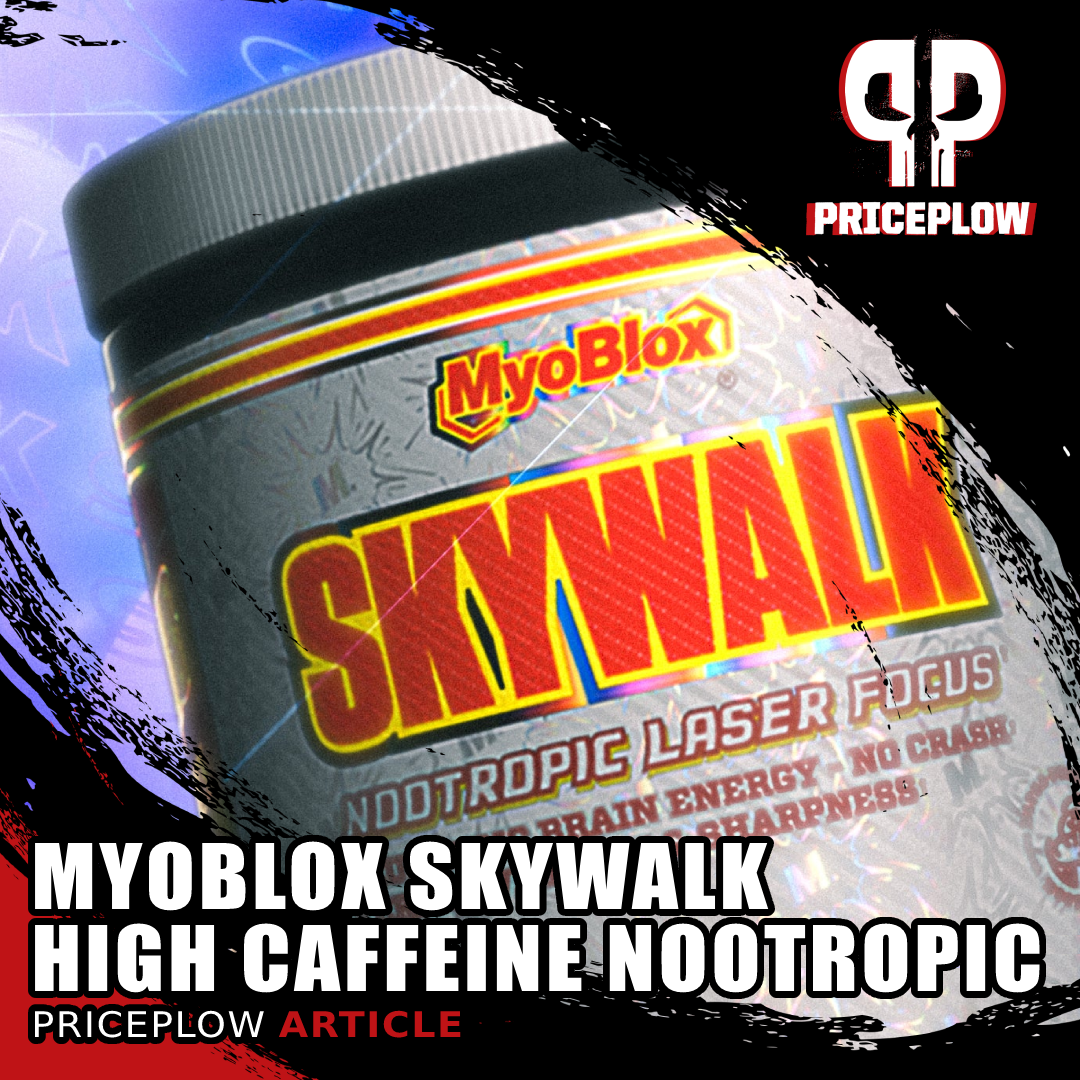
Tired of low-stim nootropic drinks? The new Myoblox Skywalk launched in early 2022 puts in plenty of caffeine, but keeps it smooth with a synergistic blend... just don't stack it with Loco!!
Stack with BLO 3D, Not with Skywalk!
As mentioned in the intro, you can feel free to stack with the new BLO 3D on big arm days, but with Nitrosigine, citrulline malate, and agmatine, we're confident that this one has enough pumps on its own for the vast majority of pre-workouts.
We recently covered the high-stim Myoblox Skywalk, which also contains 400 milligrams of caffeine. Needless to say, do not stack that one in. It's one or the other, folks!
Psychoactives, Muscle Primers, and Nootropics: The New Loco Pre-Workout
The side of the tub says the following:
At Myoblox, we are primarily driven by quality. We utilized freshly sourced ingredients with psychoactives, muscle primers, nootropics along with caffeine each in specific doses to give you complete effectiveness with each and every training session. Go Loco.
Psychoactives, muscle primers, nootropics, and caffeine. After going through this label, they've got that right.
Question is, can you handle a full two scoops? If so, get ready for one hell of a Loco ride.
MyoBlox Loco – Deals and Price Drop Alerts
Get Price Alerts
No spam, no scams.
Disclosure: PricePlow relies on pricing from stores with which we have a business relationship. We work hard to keep pricing current, but you may find a better offer.
Posts are sponsored in part by the retailers and/or brands listed on this page.
Note: The new version released in Fall 2022 that's discussed below is the 40 serving version.
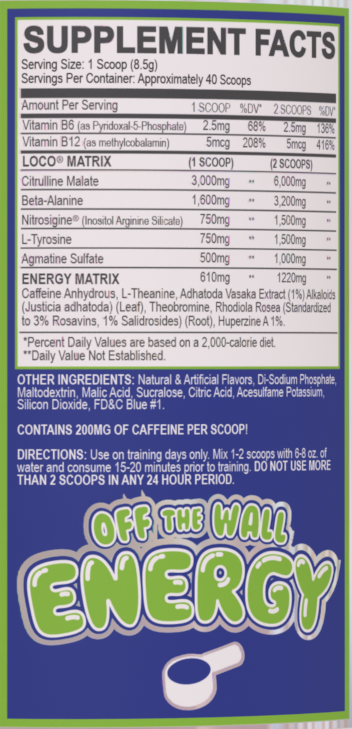
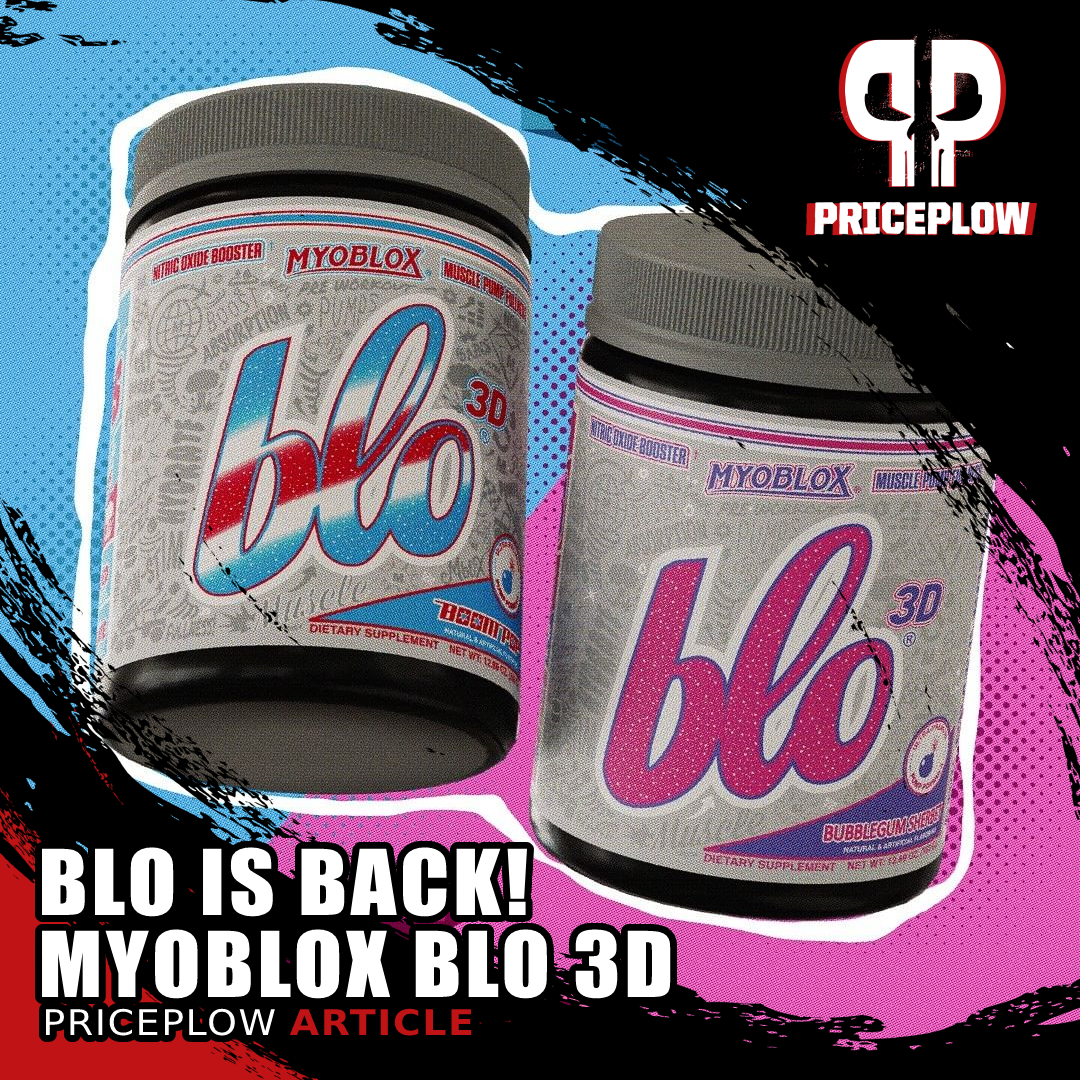
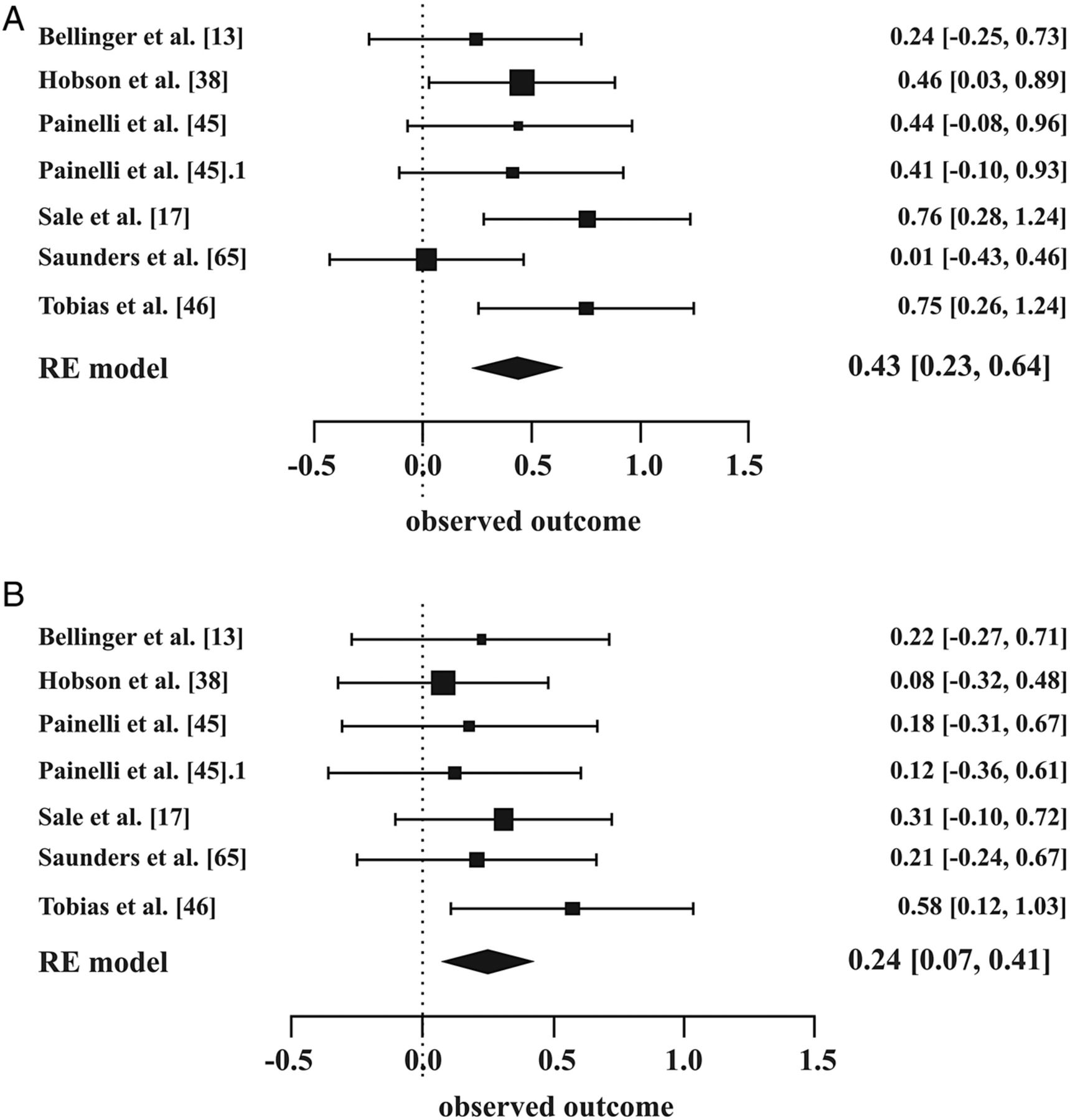
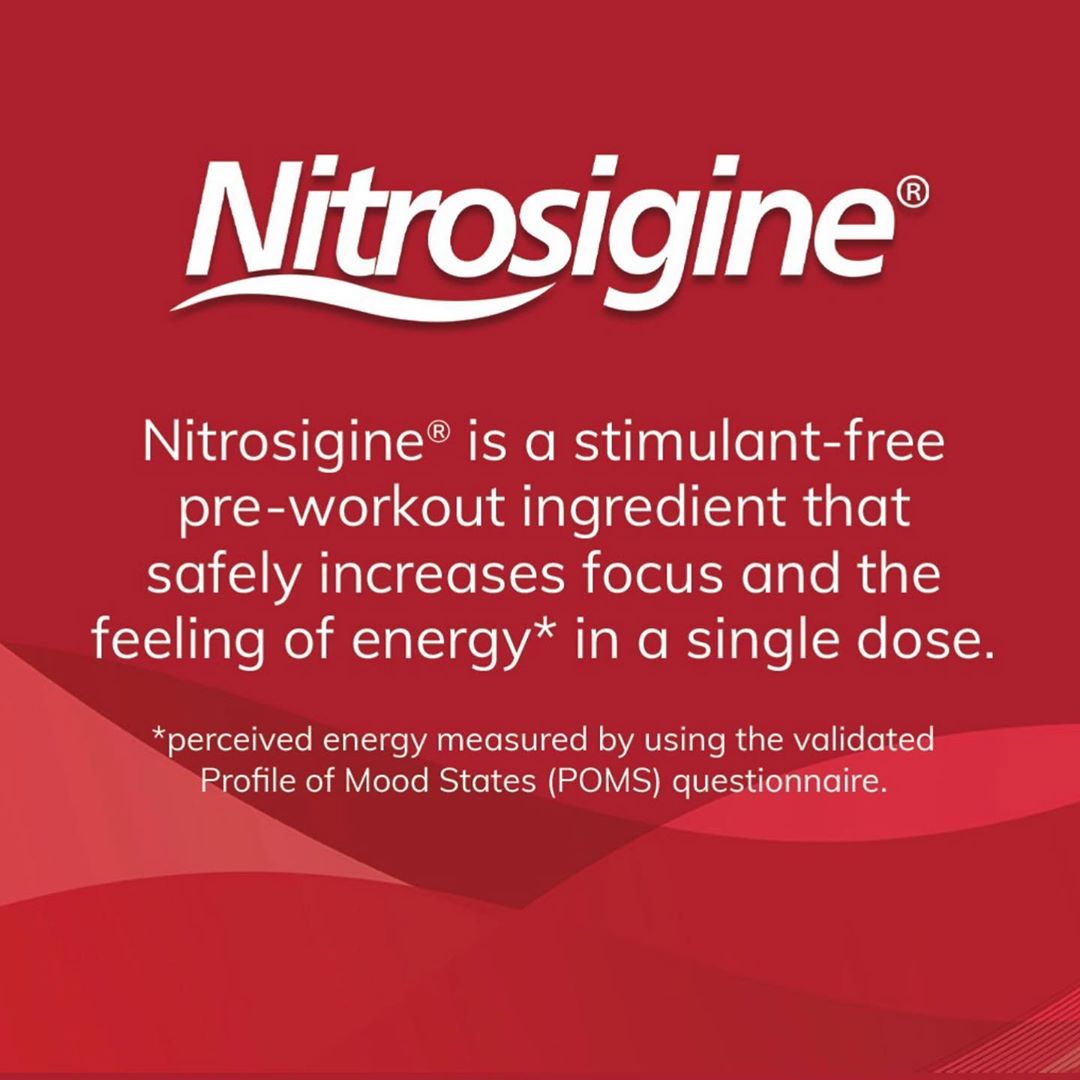
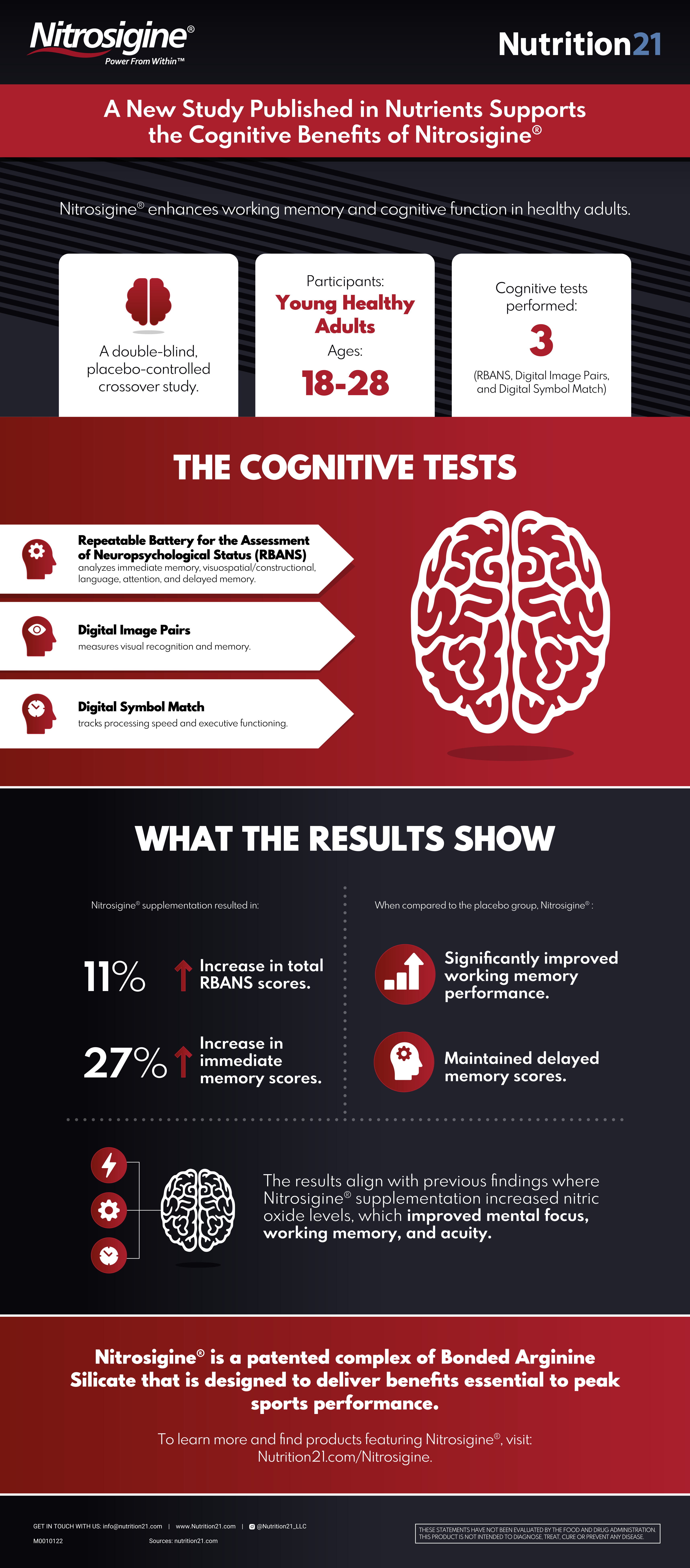
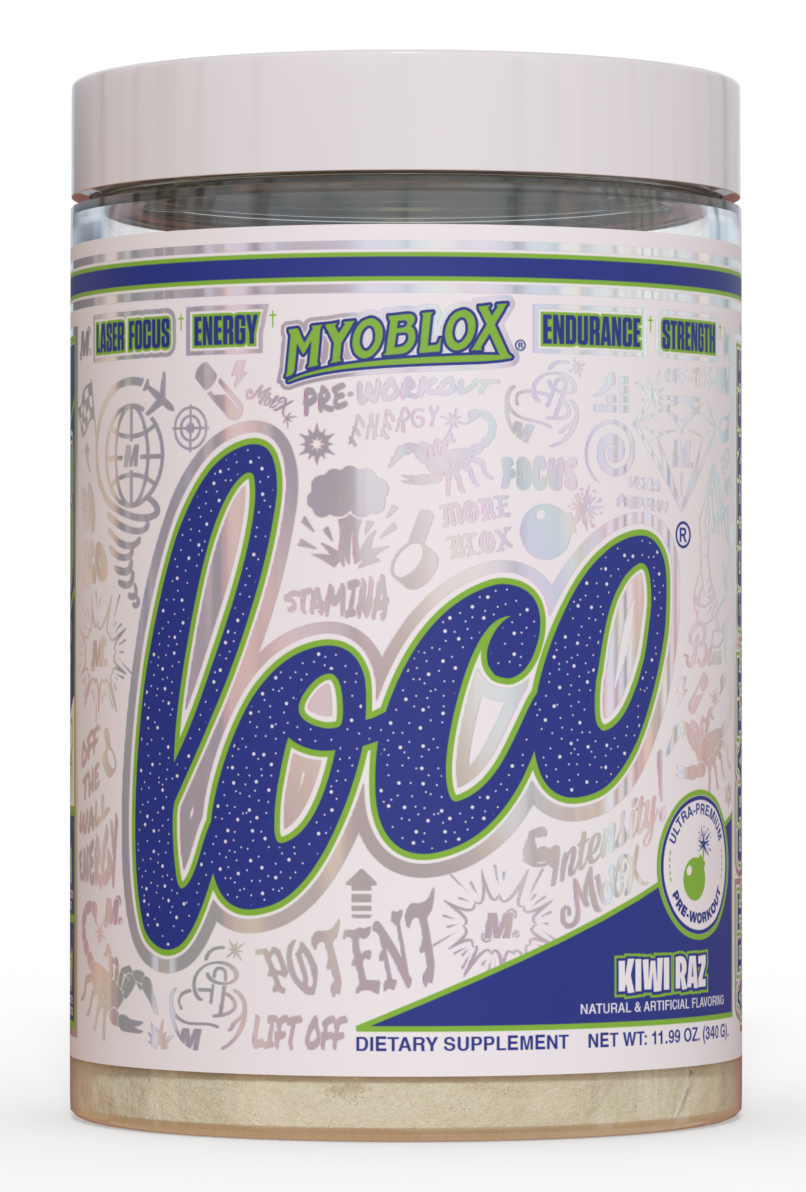
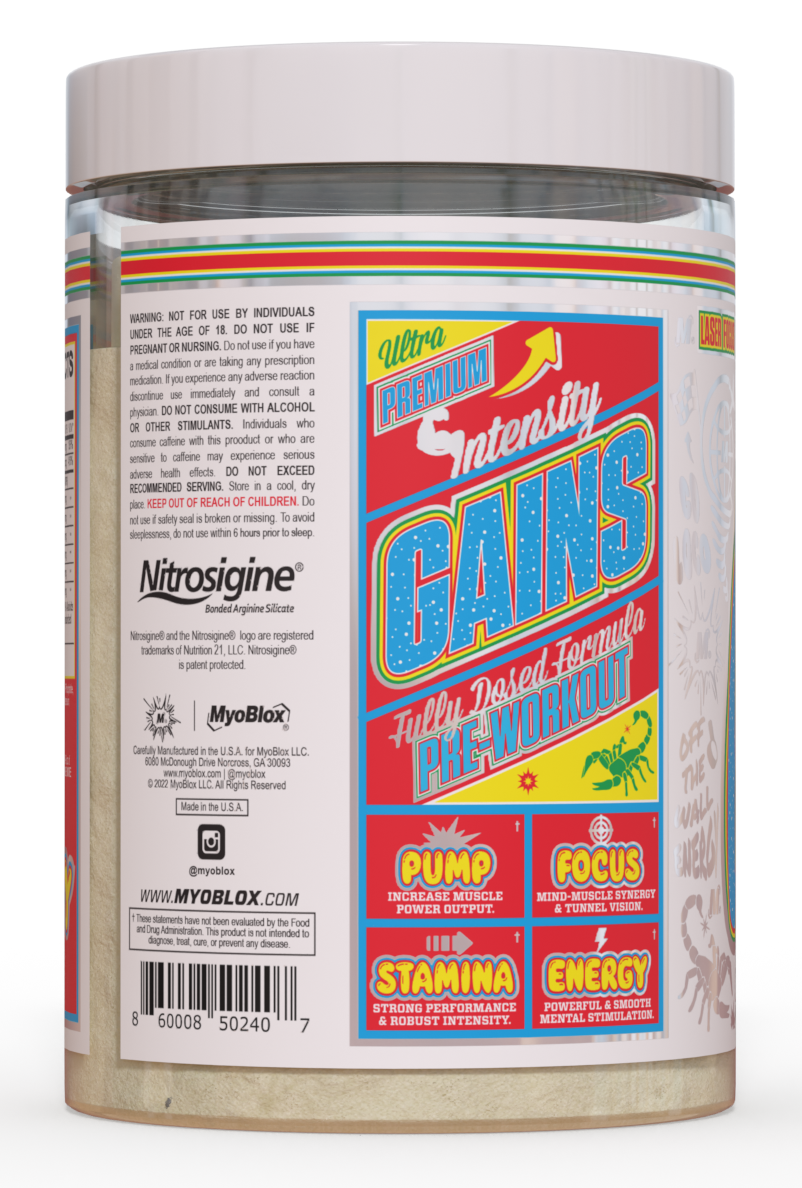
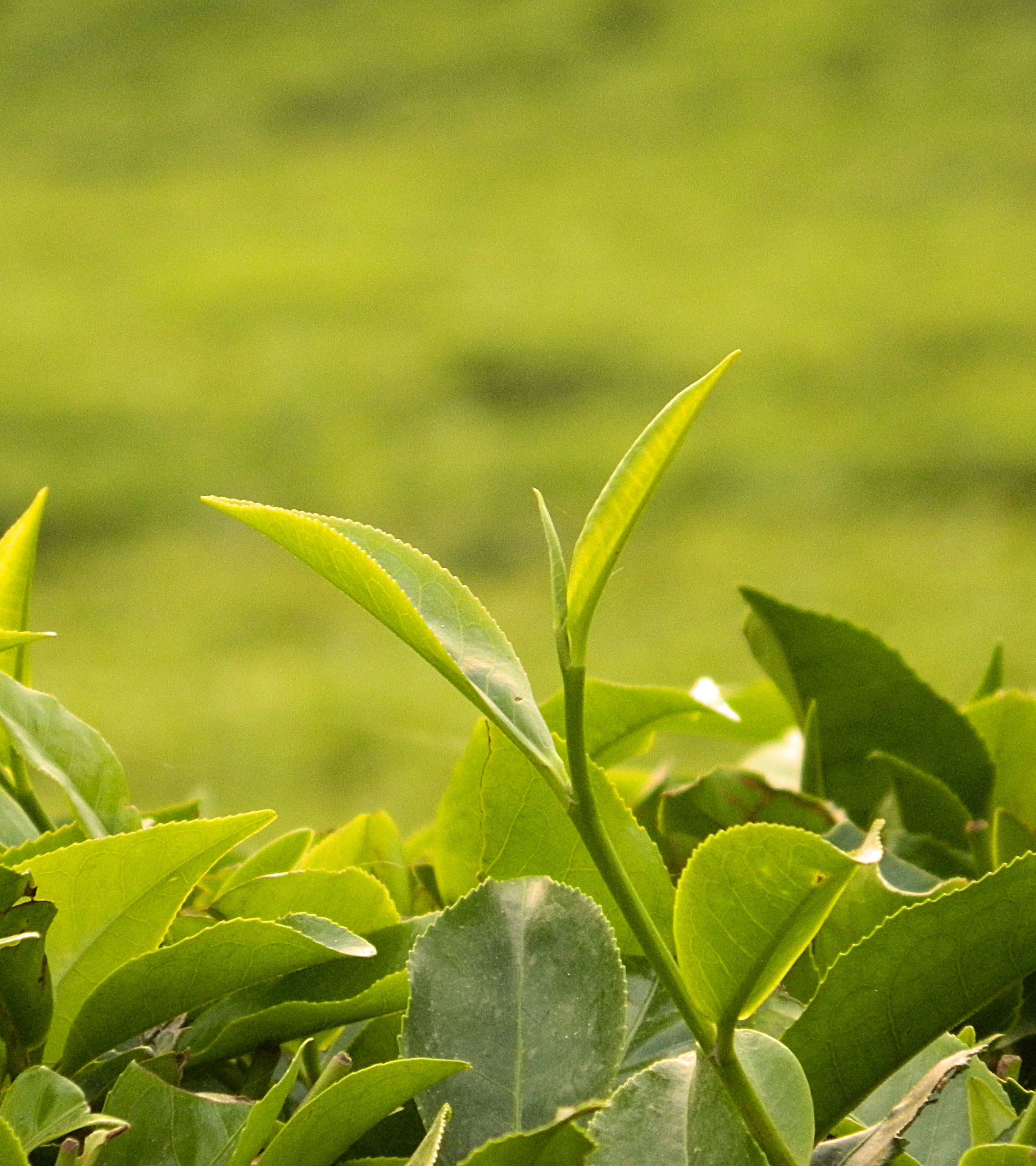
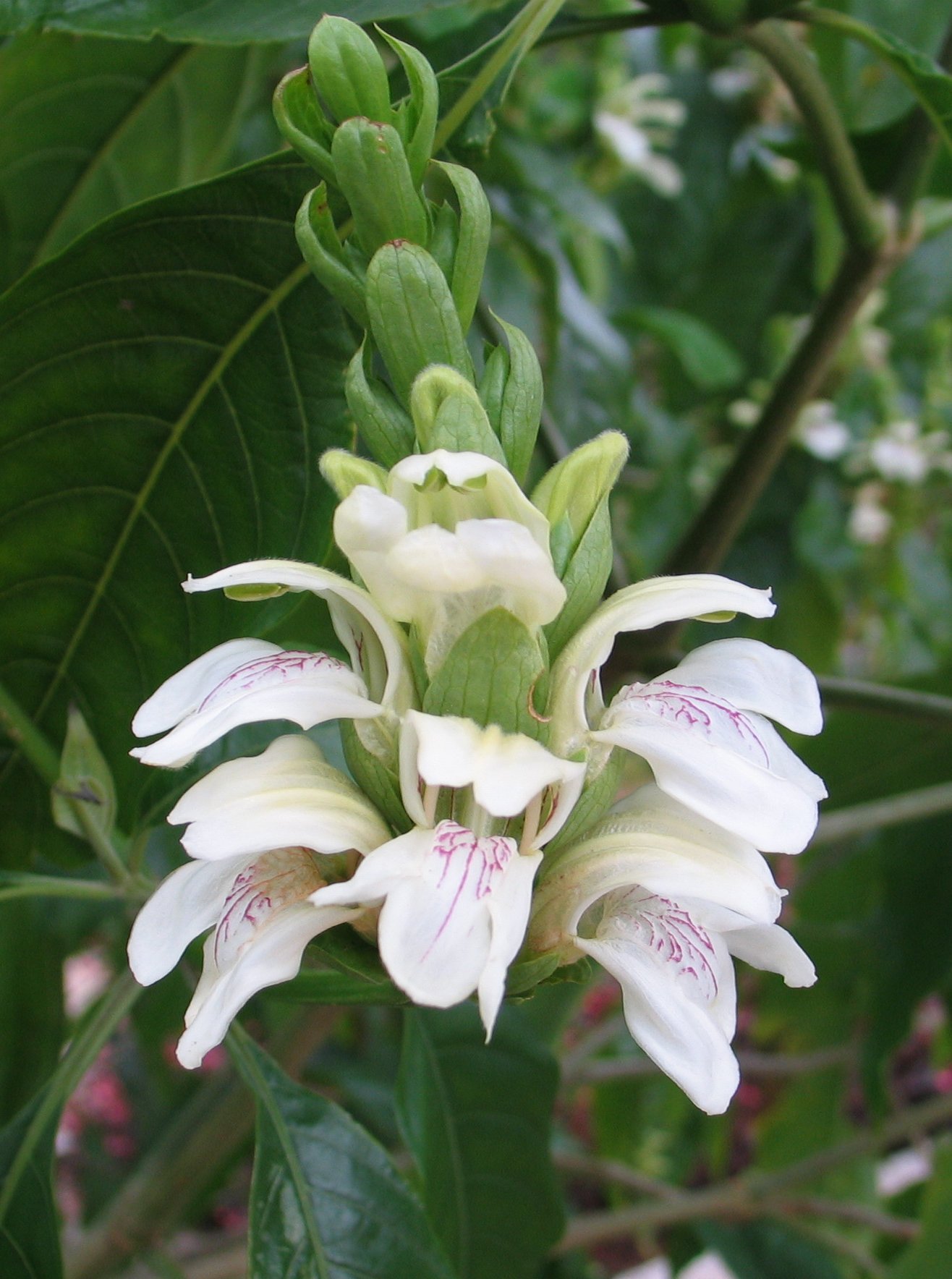
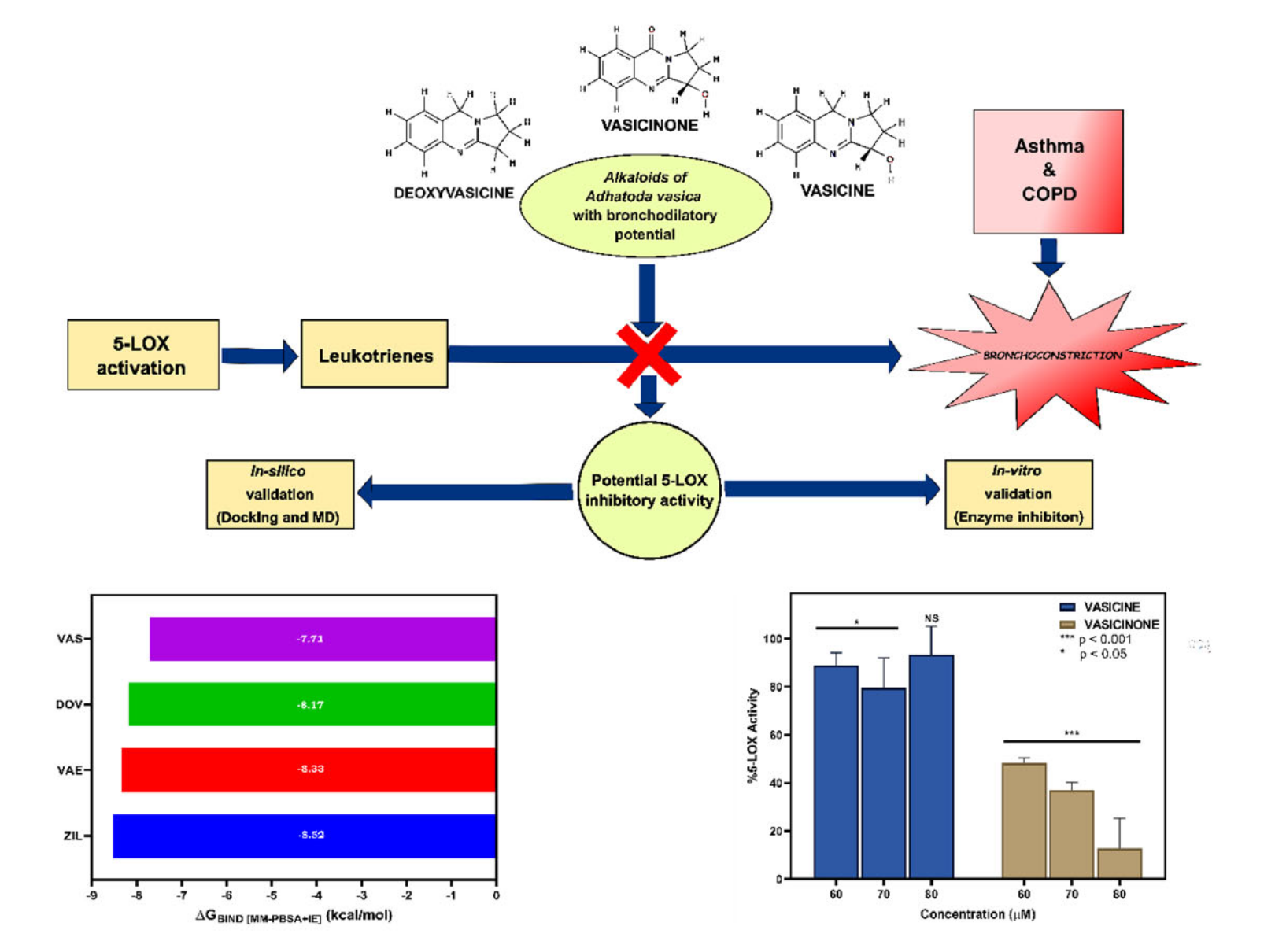

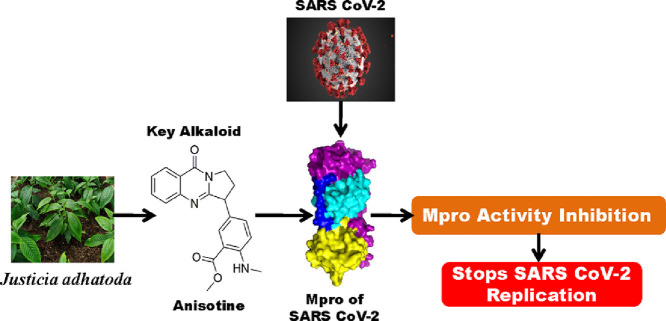
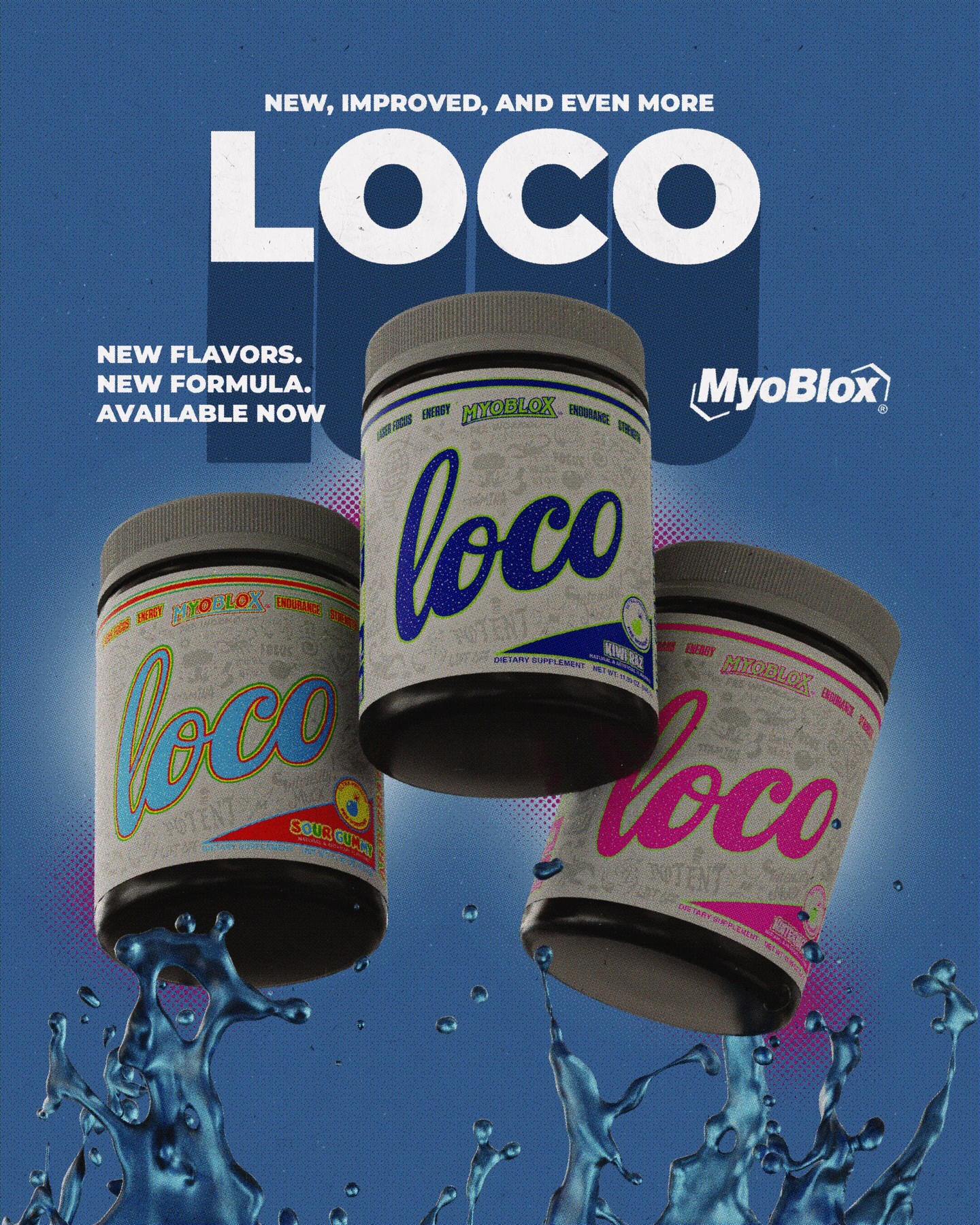

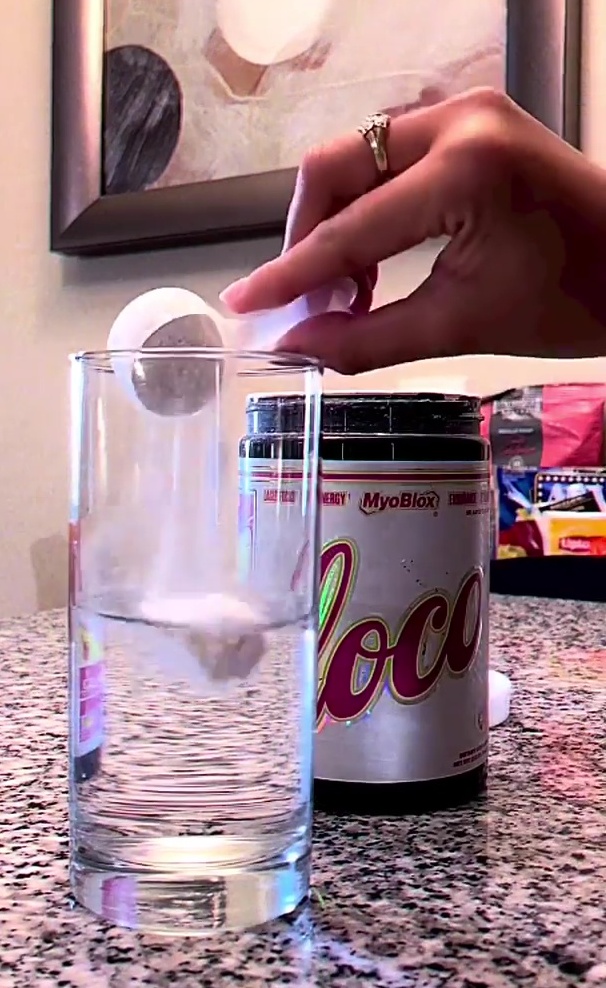


Comments and Discussion (Powered by the PricePlow Forum)